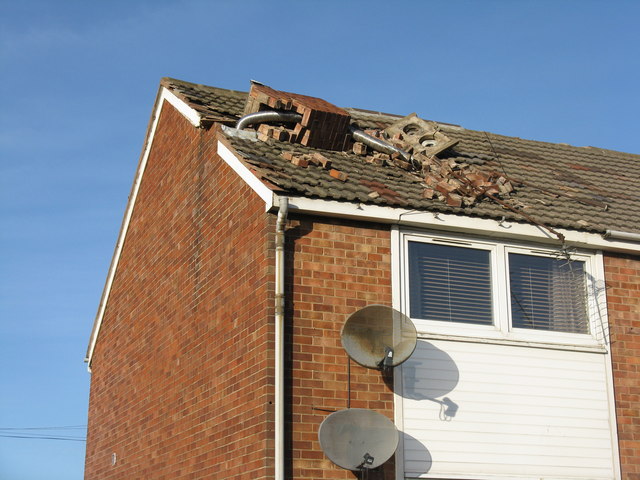

It is true that mold can occur anywhere, but humid climates provide the optimal conditions for the fungi to grow and thrive:

Humid climates provide the perfect conditions for mold to thrive.
The excessive moisture combined with the right temperatures allows for extensive mold growth and causes great troubles – mold damage to personal property, health problems and allergic reactions triggered by mold exposure, etc. Getting rid of the mold is very difficult in wet climate areas, as the right conditions for its development remain present, and mold remediation is extremely laborious and time-consuming. The only good solution under these circumstances is to find an efficient way to prevent mold growth in the first place.
Mold prevention in humid climates, however, is quite the challenge. You need to take certain specific measures in order to thwart mold growth in such a moist environment.
Table of Contents
You can neither prevent mold spores from entering your home (they exist everywhere in the outdoor environment and can easily get inside through open doors and windows, air ducts and vents, or even attached to clothes, shoes, and bags), nor deprive mold of its “food” (the harmful microorganisms feed on organic materials, such as wood, carpet, paper, insulation, paint, plasterboard, fabrics, cotton, leather, furniture, and even dust that are found in abundance in the home). Your only option is to make sure the ambient conditions in your house are not right for mold to grow:
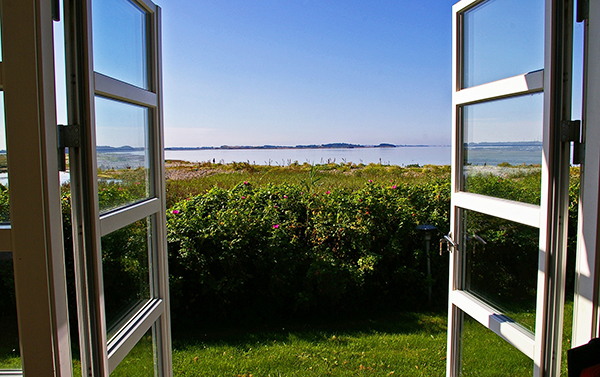
Welcome fresh air in your home.

Condensation forms as water vapor from the air cools and liquefies when it comes in contact with cold surfaces.
However practical and adequate these measures may be though, they will not have a substantial effect if there is enough moisture in your home to allow mold growth. The only way to efficiently prevent mold in the house is to control the humidity in the indoor environment.
Humidity control seems easy to achieve with the help of highly advanced technology – we can use AC units, dehumidifiers, and various other hi-tech devices that have been specifically designed to control indoor climate and maintain optimal temperatures and humidity levels within the home. Controlling humidity in wet climates, however, poses a number of specific challenges – you can’t just open the windows to improve airflow in the home, for example (when outside humidity levels are high, letting outdoor air into your house will increase the indoor humidity)
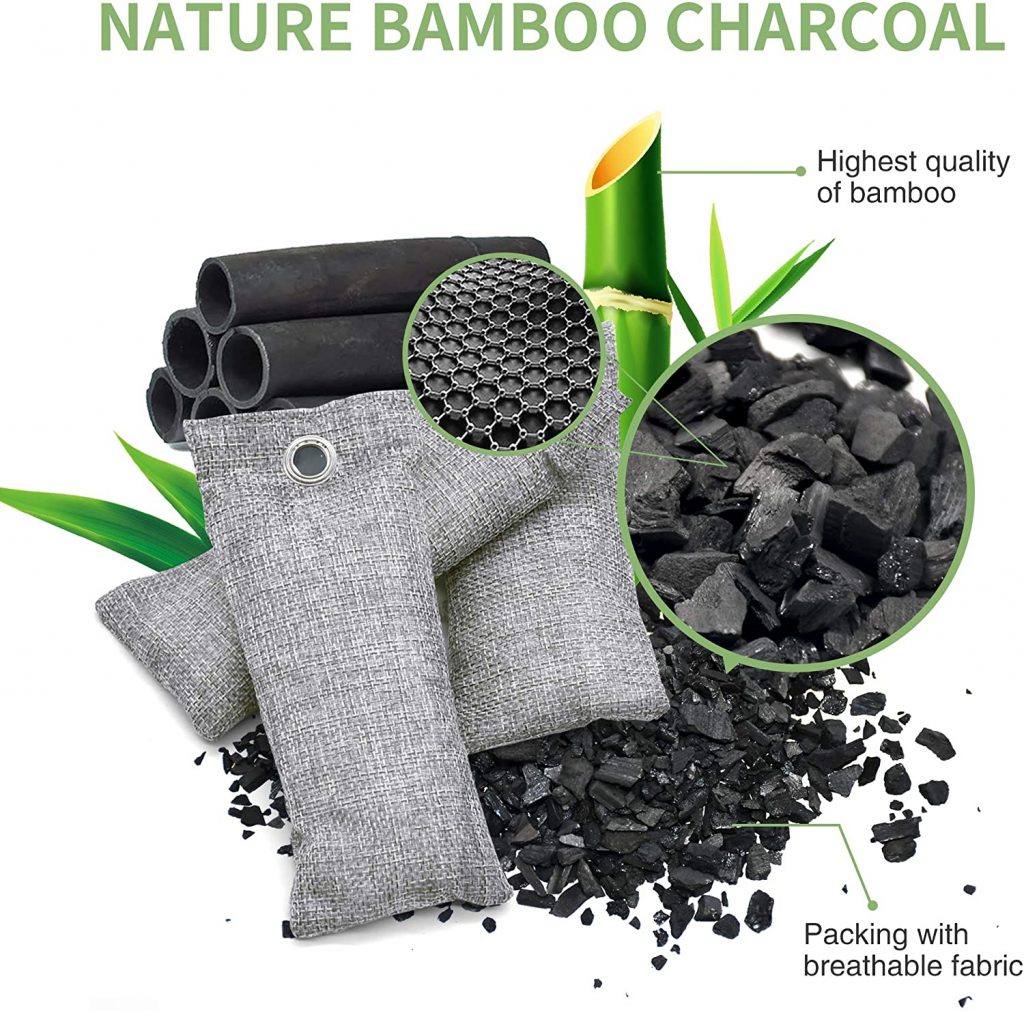
So, how can you control moisture and prevent mold growth in humid climates?
1) Ensure proper air conditioning:
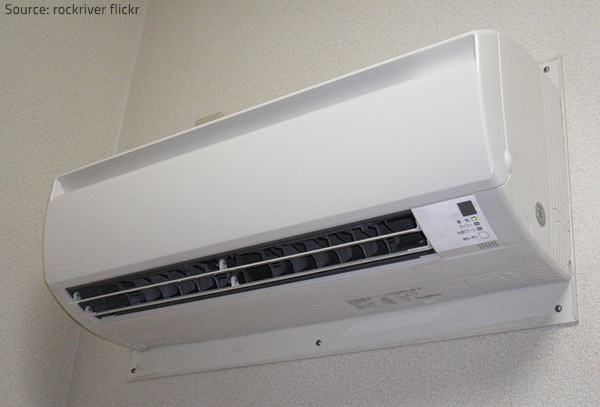
Proper air conditioning can help you control the humidity in your home.
2) Use dehumidifiers to keep the humidity level in your home below 50%.
3) Do not let wet items stay inside:
4) Prevent water from entering your property:
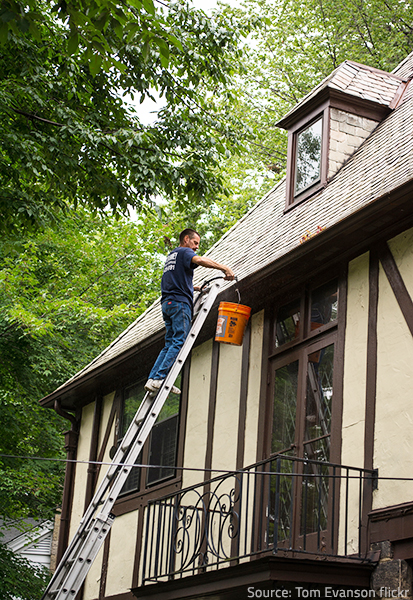
The better waterproofed your home is, the less likely you’re to deal with mold problems.
Controlling humidity in your home may not be very easy but it will help prevent mold growth and any ensuing mold problems – mold allergies, mold damage to your property, expensive and time-consuming mold remediation, etc. Your efforts will be rewarded with a healthy, mold-free living environment. It’s worth it.
Vince Sandri is a content writer and blogger with more than 12 years of experience. His expertise is in creating content related to disaster restoration, including information about preventing and reacting to natural disasters like flooding, water damage, fire and smoke damage, mold growth, storm damage and more.
Vince has been the main contributor to RestorationMasterFinder.com since 2014. Over that time, he has written numerous service pages and blogs for disaster restoration providers featured on RestorationMasterFinder.com. Vince has done extensive research and covered a wide range of topics relating to disaster restoration to help homeowners, business owners, and property managers better protect their property. He understands the problems that disasters like flooding, fire, smoke, and mold can cause as well as the best ways to respond to these issues to limit the damage.
Vince completed his Bachelor of Arts degree at Aurora University and his master’s degree at DePaul University. He has been writing SEO website pages, blogs, and press releases since 2012. Vince is also a musician and can be seen playing in the Chicago, IL area.